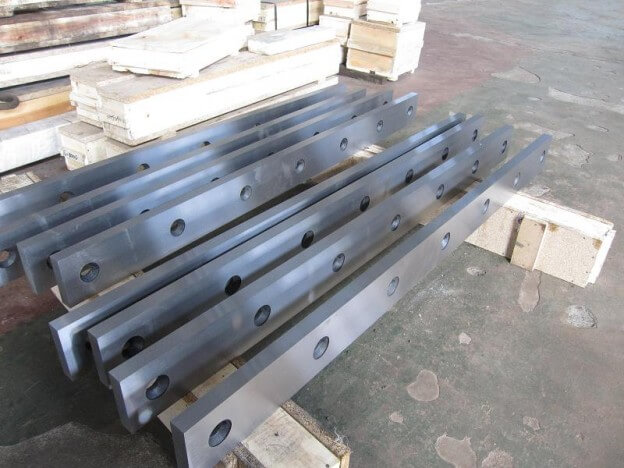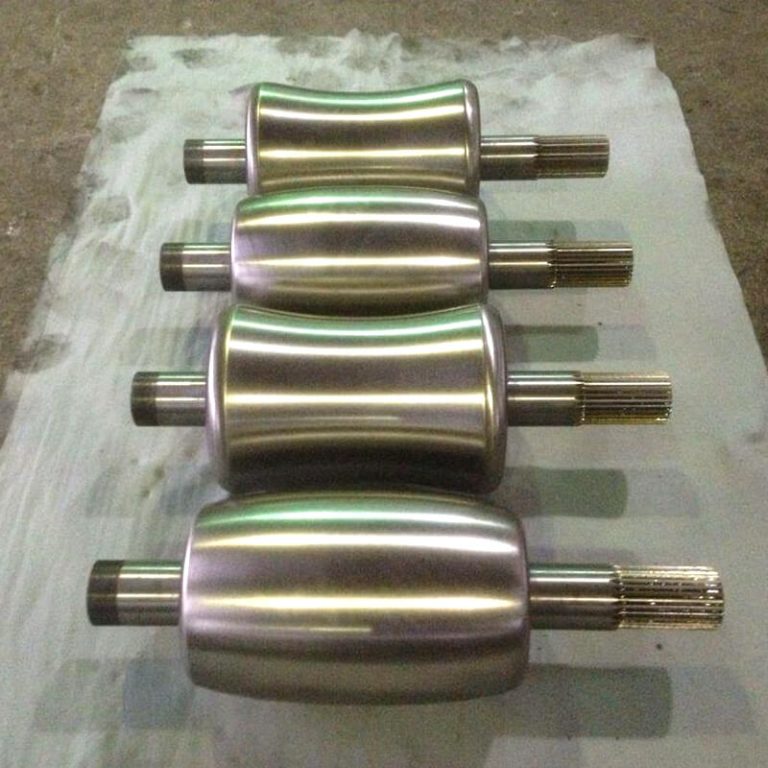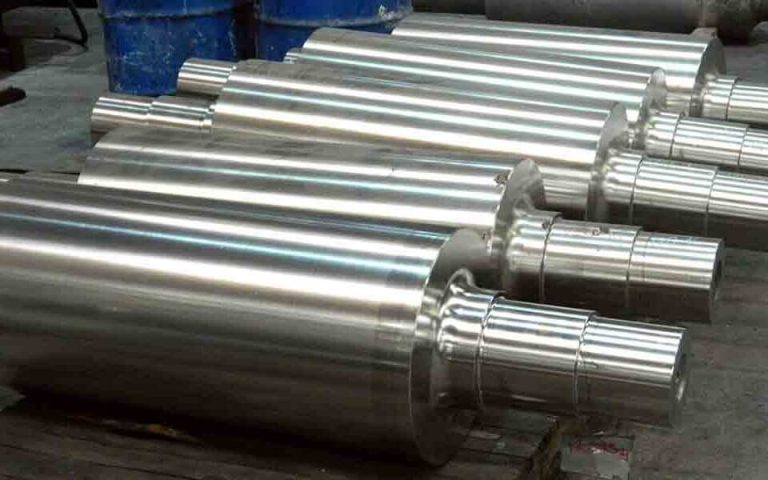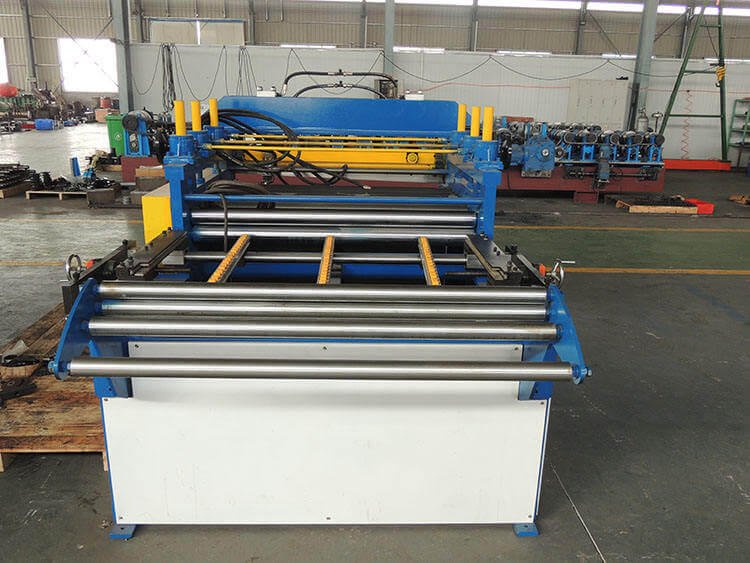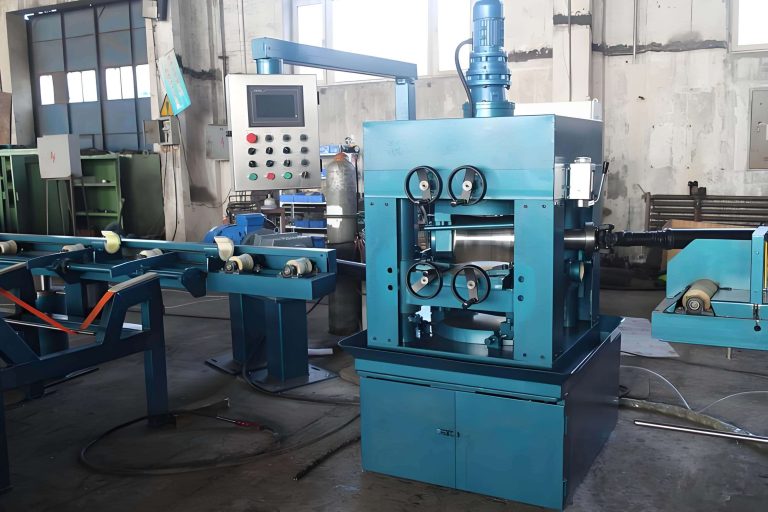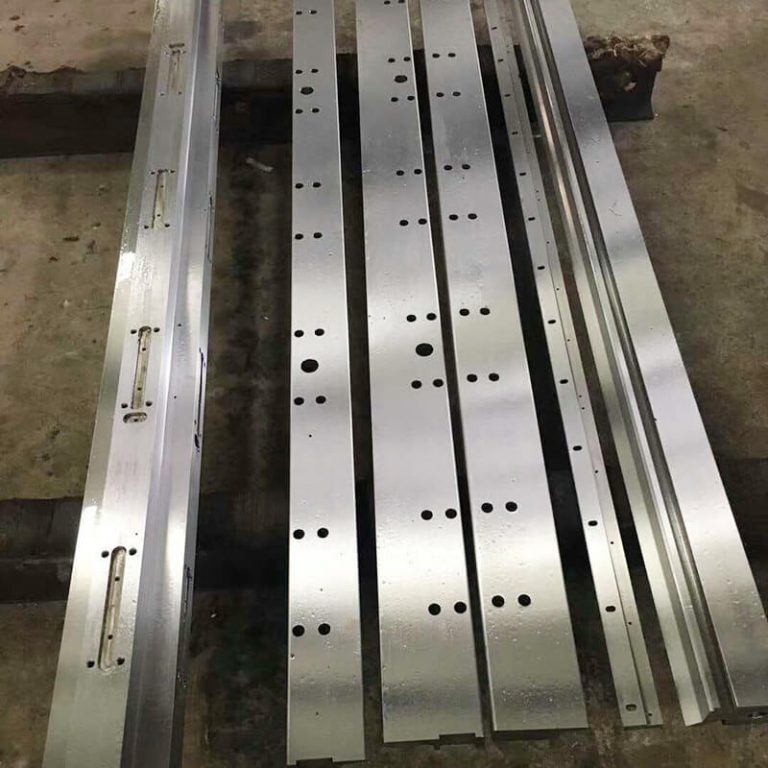Quality inspection of shearing blades
Regarding the quality inspection of shearing blades, Nanjing Shengyuan Machinery Technology Co., LTD believes that a multi-dimensional evaluation should be conducted in combination with material properties, geometric accuracy and actual working conditions. The following are the key inspection points and methods:
I. Core performance inspection items
1. Sharpness and shear force
• Visual observation method: Check whether the surface of the blade is smooth and burr-free, and the cutting edge should not have obvious extrusion or curling.
• Shear force test: Use professional instruments (such as Kistler dynamometer) to measure the force required to shear standard materials (such as 304 stainless steel plates) and compare them with industry benchmarks (for example, the shear force of 1mm thick stainless steel plates should be ≤15kN).
2. Blade geometric accuracy
• Straightness: Use a three-coordinate measuring instrument to detect the straightness deviation of the blade (required to be ≤0.02mm/m).
• Symmetry: Measure the alignment of the upper and lower blade edges (the deviation must be ≤0.05mm) to avoid cross-section burrs caused by misalignment.
3. Material hardness and wear resistance
• Hardness test: Use Rockwell hardness tester (HRC) to test the cutting edge area. Cold scissor blades should reach HRC58-62, and hot scissor blades (such as H13 material) need HRC40-505.
• Metallographic analysis: Observe the uniformity of carbide distribution to avoid local brittleness caused by improper heat treatment.
II. Industry-specific testing
1. Medical blades
• According to the YY0174 standard, use the suture cutting tester to test the sharpness (the force value for cutting the standard suture is ≤1.5N).
2. Industrial-grade shear blades
• Step test cutting: Cut 0.5mm/3mm/6mm carbon steel respectively, and the burr height of the cross section must be less than 0.1mm.
• Durability test: After 100,000 continuous shearing times, the wear depth of the blade should be less than 0.05mm.
3. Plastic crushing blades
• Test the impact resistance of the blade edge (such as continuous crushing test with ABS plastic) and observe whether there is any chipping or cracking.
III. Certification and quality control documents
1. Material certification: Check the warranty and heat treatment process records corresponding to the steel grade (such as SKD61, H13).
2. Test report: Require suppliers to provide shear force, hardness and salt spray test reports from third-party testing agencies.
3. Warranty terms: Specify the criteria for chipping (such as blade edge defects > 0.3mm are within the warranty range).
Note: For special scenarios (such as glass shearing), additional verification of high temperature adhesion resistance is required (such as no residue on the blade surface after shearing the glass drop)

